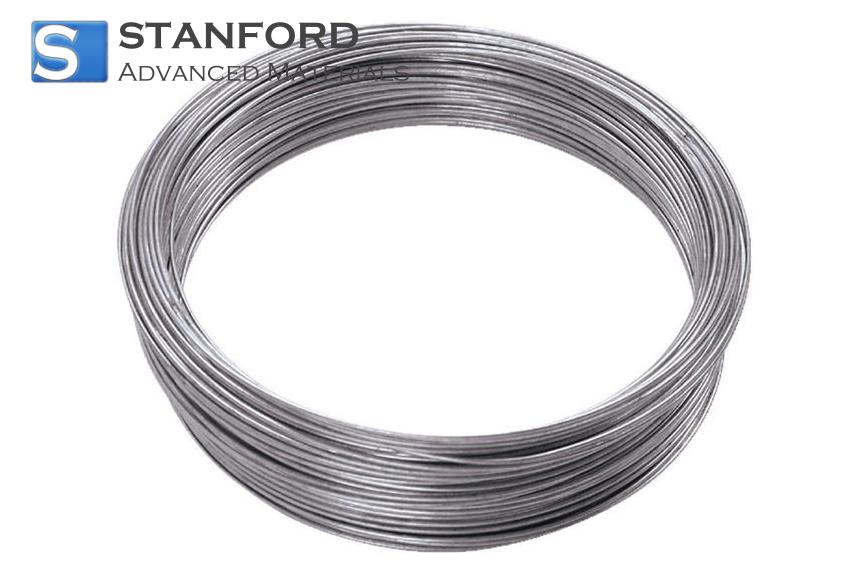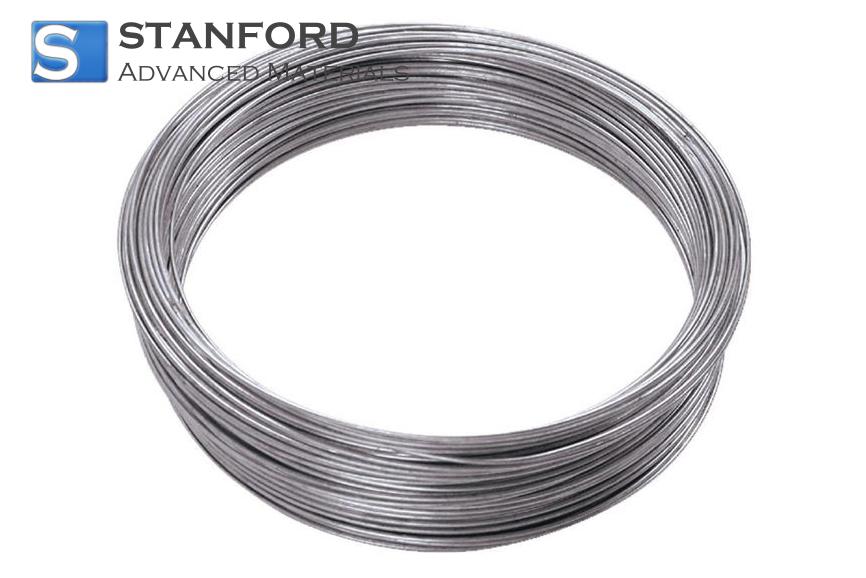Catalytic Applications of Vanadium Powder in Chemical Processes
Introduction
Vanadium Powder enhances chemical reactions. It facilitates the alteration of reaction pathways without being consumed. Researchers have indicated that its variable oxidation states are advantageous in various catalytic cycles.
Chemical and Physical Properties Relevant to Catalysis
Vanadium is a transition metal, presenting several oxidation states such as +3, +4, and +5. This characteristic allows the material to engage in redox reactions effectively. Utilising powder form increases the surface area, which enhances its interaction with other chemicals during reactions. This factor is vital for a catalyst.
The particle size of Vanadium Powder is significant. Reduced particle sizes lead to greater reactivity. Often, powders with particle sizes ranging from tens to hundreds of nanometres are favoured. Recent industrial data demonstrate that an increase in overall surface area correlates with improved catalytic performance. The powder can be combined with other materials as a support to enhance its durability and resistance to extreme conditions.
From a physical standpoint, Vanadium Powder possesses a crystalline structure that can be modified through various treatment methods. This modification enables the powder to function effectively under specific temperature ranges or conditions. Furthermore, the powder is applicable in both homogeneous and heterogeneous catalytic systems. In homogeneous systems, it dissolves in the reaction solution. In heterogeneous systems, Vanadium Powder remains on the surface where reactions take place. Both types benefit from its capacity to rapidly change oxidation states.
The chemical composition of the powder remains stable compared to its bulk form. However, the elevated surface area allows for more effective interaction with reactants. In numerous oxidation reactions, Vanadium Powder aids in cleaving molecular bonds, resulting in enhanced reaction rates and improved yields. The materials employed in the catalytic process are frequently mixed with acids or bases to optimise performance. A prominent example is its application in oxidation reactions in the chemical sector, where temperature ranges between 150°C and 300°C are standard.
Major Catalytic Applications
Vanadium Powder has established utility in various catalytic applications. A notable example is its function in selective oxidation reactions. In these processes, the powder assists in converting organic compounds into their oxygenated counterparts, beneficial for the production of fine chemicals and pharmaceuticals.
Another crucial application is in the selective catalytic reduction of nitrogen oxides from exhaust emissions. In this context, Vanadium Powder reduces harmful gases, operating at moderate temperatures. This makes it a preferred choice in environmental control systems within vehicles and industrial smokestacks.
The material also finds application in petroleum refining. Its catalytic properties aid in breaking down heavy oil fractions into lighter, more useful products. Engineers have recorded stability and resistance to deactivation in vanadium-based catalysts over extended usage periods. Common processes include hydrocracking and fluid catalytic cracking, where the catalyst is essential for the quality and yield of fuels.
Vanadium Powder proves beneficial in oxidation processes within chemical production. For instance, its role in converting sulfur dioxide to sulfur trioxide is a benchmark in catalytic application. This reaction is vital for the production of sulfuric acid, which remains one of the most widely utilised chemicals globally. The function of vanadium in this reaction exemplifies successful industrial catalysis.
Research indicates that Vanadium Powder may also support polymerisation reactions. Its controlled performance contributes to a more consistent molecular weight distribution in polymers, resulting in practical benefits for polymer production, where consistency is critical.
Conclusion
Vanadium Powder is a valuable catalyst. Its chemical and physical properties facilitate numerous industrial reactions. With its capability to shift oxidation states and substantial surface area, it serves as a reliable material for oxidation, reduction, and polymerisation reactions. Industries from petrochemicals to environmental engineering depend on its performance. For more information, please consult Stanford Advanced Materials (SAM).
Frequently Asked Questions
F: What makes Vanadium Powder an effective catalyst?
Q: Its variable oxidation states and high surface area enhance reaction rates.
F: Which industrial process uses Vanadium Powder in environmental control?
Q: It is employed in selective catalytic reduction to decrease harmful nitrogen oxide emissions.
F: Does Vanadium Powder function in both homogeneous and heterogeneous systems?
Q: Yes, it is effective in both types of catalytic systems.

 Bars
Bars
 Beads & Spheres
Beads & Spheres
 Bolts & Nuts
Bolts & Nuts
 Crucibles
Crucibles
 Discs
Discs
 Fibers & Fabrics
Fibers & Fabrics
 Films
Films
 Flake
Flake
 Foams
Foams
 Foil
Foil
 Granules
Granules
 Honeycombs
Honeycombs
 Ink
Ink
 Laminate
Laminate
 Lumps
Lumps
 Meshes
Meshes
 Metallised Film
Metallised Film
 Plate
Plate
 Powders
Powders
 Rod
Rod
 Sheets
Sheets
 Single Crystals
Single Crystals
 Sputtering Target
Sputtering Target
 Tubes
Tubes
 Washer
Washer
 Wires
Wires
 Converters & Calculators
Converters & Calculators
 Write for Us
Write for Us



 Chin Trento
Chin Trento


